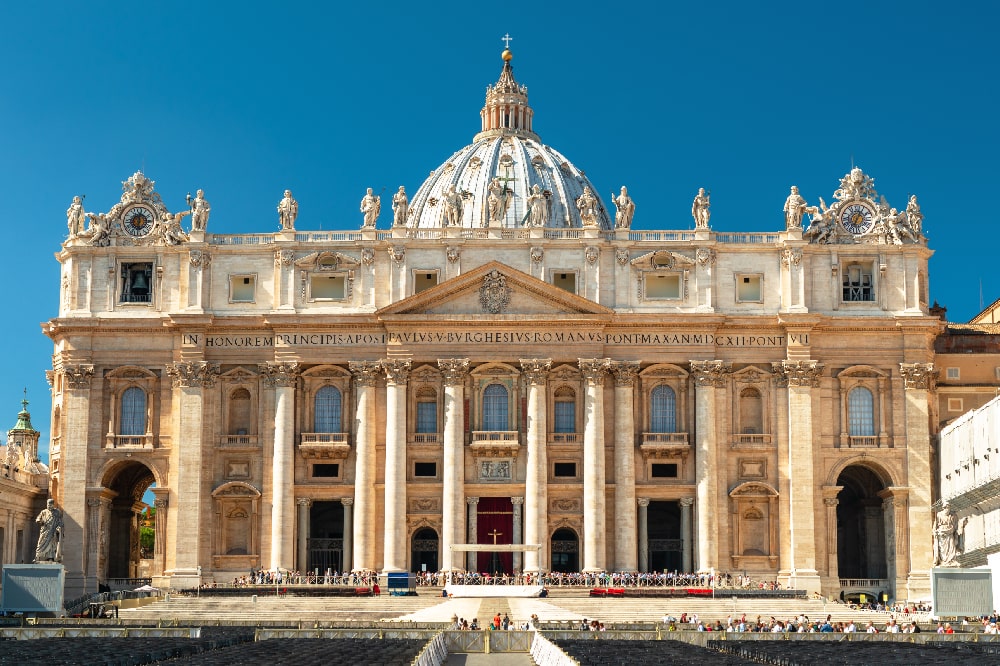The concept of Trinity summarises the fundamental doctrine of the Catholic Church: God is One and Only, and yet three equal and distinct Persons coexist in him. Let’s understand together how.
Contents
Due to its fundamental importance in the act of believing of every Christian, the dogma of the Holy Trinity deserves a very long and articulated theological study.
We would like to explain it simply and understandably, through the words of a prayer that we have all known and learned since childhood: the Creed.
The Holy Trinity in the Creed
This central mystery of the Christian faith and life has been affirmed since the First Council of Nicaea, in 325 AD, and inserted in the Nicene-Constantinopolitan Creed drawn up after the Council. In this document-prayer, which was intended to settle the numerous disputes that divided the church of the time, the uniqueness of God is affirmed as the first article of the profession of faith:
I believe in one God, the
Father Almighty,
Creator of heaven and earth, and
of all things visible and invisible.
and, in a second article, the divinity of Jesus Christ son of God is recognised and declared:
I believe in one Lord, Jesus Christ, the
only-begotten Son of God,
born of the Father before all ages.
He went on to write:
God from God,
Light from Light, true
God from true God,
begotten,
not made, consubstantial with the Father,
by whom all things were made.
It is precisely in this prayer that we learn from childhood that the mystery of the Most Holy Trinity is summed up: God is one, his divine substance is unique, and yet three distinct “persons” coexist in this unique substance. To define these three persons, the Greek term “hypostasis” was used, with the theological meaning of person, accompanying it to the concept of “ousia”, substance, to define that in the Trinity one ousia and three hypostasis, one substance and three persons coexist.
What are the three Persons who make up the Holy Trinity?
We have already named two of them citing the Creed: God the Father, creator of heaven and earth, and Jesus Christ his Son, Savior of the world.
The third Person of the Holy Trinity is the Holy Spirit, sent by God the Father in the name of Christ. Citing the Creed again:
And I believe in the Holy Spirit, the Lord, and giver of
life,
who proceeds from the Father and the Son; who equally
with the Father and the Son is adored and glorified; who spoke through the prophets.
Where the verb to proceed is used in the meaning of deriving. Therefore the Holy Spirit comes from the Father and the Son, is made of their very substance. The last definition “and from the Son”, rendered with the Latin expression filioque was added on the occasion of the drafting of the Nicene-Constantinopolitan Creed and was one of the main causes of the Great Eastern Schism of 1054 because the patriarch of Constantinople at the time considered it a heresy.
The Holy Trinity in the Holy Scriptures
In the Old Testament, there is no mention of the Trinity. God is one and only, and from the vitality and fullness of His Spirit comes the spirituality of men. There are of course some hints that prepare the advent of the Messiah, or of the Holy Spirit, or even passages that differentiate in some way the manifestations of God, speaking for example of a “reflection of perennial light, a spotless mirror of God’s activity and the image of his goodness” (Wisdom 7:26). Generally speaking, the books of the Old Testament preserve the uniqueness of the Person and Substance of God, also to avoid falling into the risk of polytheism.
It is in the New Testament that the Trinity encounters its revelation when the Word becomes flesh in Jesus (John 1:14) and, after the latter’s death and resurrection, with the descent of the Holy Spirit.
In the Gospels, Jesus and God the Father are indicated as one:
“I and the Father are one” (John 10:30)
“Jesus saith unto him, Have I been so long time with you, and yet hast thou not known me, Philip? he that hath seen me hath seen the Father. How can you say, Show us the Father?” (John 14.9)
and yet distinct:
All things are delivered to me by my Father. And no one knoweth the Son, but the Father: neither doth any one know the Father, but the Son, and he to whom it shall please the Son to reveal him.” (Mathew 11,27)
Jesus addresses God the Father as something other than himself, in many steps, but, at the same time, all his experience, his very substance, refers to God.
The Baptism of Jesus shows an important passage because the voice of God descends from Heaven to recognise him as the beloved Son:
“And immediately coming up from the water, he saw the heavens dividing and the Spirit as a dove coming down upon him. And a voice from heaven was heard: “You are my beloved Son, in you, I am well pleased” (Mark 1:10-11)
There are also hints of the coming of the Holy Spirit, as a gift from God, an emanation of his Love that will manifest itself through His Son, at the moment of his glorification:
“On the last day, that great day of the feast, Jesus stood and cried out, saying: «If anyone thirsts, let him come to Me and drink. He who believes in Me, as the Scripture has said, out of his heart will flow rivers of living water». But this he said concerning the Spirit, which they that believed on him were about to receive; for [the] Spirit was not yet because Jesus had not yet been glorified.” (John 7:37-39)
Some passages from the New Testament explicitly mention the three persons of the Holy Trinity:
- when Jesus orders all nations to be baptized “in the name of the Father and of the Son and the Holy Spirit”(Matthew 28:19);
- in St. Paul’s reference to the three persons as the foundation of the diversity of ministries in the Church, even in the unity of God: “There are also differences of charisms, but only one is the Spirit; there are diversities of ministries, but only one is the Lord; there are diversities of operations, but there is only one God, who works all in all”(1 Corinthians 12:4-6);
- in the greeting formula at the end of the second letter to the Corinthians: “The grace of the Lord Jesus Christ, the love of God and the communion of the Holy Spirit be with you all.” (2 Corinthians 13:13)
And here, as mentioned, we stop, aware that we cannot exhaust such a varied and profound topic in a single article. We remind you that the Catholic Church celebrates the SS. Trinity on the Sunday following Pentecost, in the celebration, is called the Solemnity of the Holy Trinity.
![]()
Sacred Icons: the ultimate guide
Sacred Icons. Only mentioning them evokes exotic and charming suggestions, a way to live religion that is far from the modern…
The Trinity of Rublev: history and meaning of the icon
The dogma of the Holy Trinity often recurs in the history of art, as is inevitable given its importance, although it was not easy for the great artists of the past to translate its profound mystery.
In particular, we spoke in a previous article dedicated to the most famous Russian icons of an icon created around 1422 and now housed in the State Tretyakov Gallery, in Moscow: “The Trinity” by Andrei Rublev.
![]()
Famous Russian icons: the 5 most important icons
The famous Russian icons are dazzling examples of ancient art, of a millenary tradition that draws its origins from the Byzantine splendours and…
In this icon, one of the most beautiful ever painted in Russia, the great Russian painter Andrei Rublev chose to depict the Holy Trinity in a different way than usual, by painting three angels representing the Father, the Son and the Holy Spirit. The three angels, probably archangels, surrounded by haloes and with golden wings, are seated around a table on which a cup is placed, a symbol of Christ’s sacrifice. The table is that of Abraham, who received the visit of three wayfarers (Genesis 18) who announced the birth of his son Isaac to him and his wife Sarah. For this reason, the icon is also known as Abraham’s Hospitality. The client, the spiritual head of the monastery of the Trinity of San Sergio, had asked the painter for a representation of the Trinity that would express the profound sense of unity symbolised by this dogma within the Church. The three angels have virtually identical faces, proof of their being one, without order, without hierarchy. The recurring colours, which in Russian iconography are of great symbolic importance are:
- gold:symbol of royalty, it dresses the angel on the left, which would represent God;
- red:symbol of sacrifice, it dresses the central angel (Jesus);
- green:symbol of life, clothes the angel on the right (the Holy Spirit)
In addition, all the figures wear blue details, a colour that symbolises eternal life. In 1551, in the context of the Council of One Hundred Chapters, this work was defined as the icon of icons, and still today it remains one of the highest examples of the art of sacred icons by virtue of the otherworldly spirituality and harmony that it knows how to communicate.

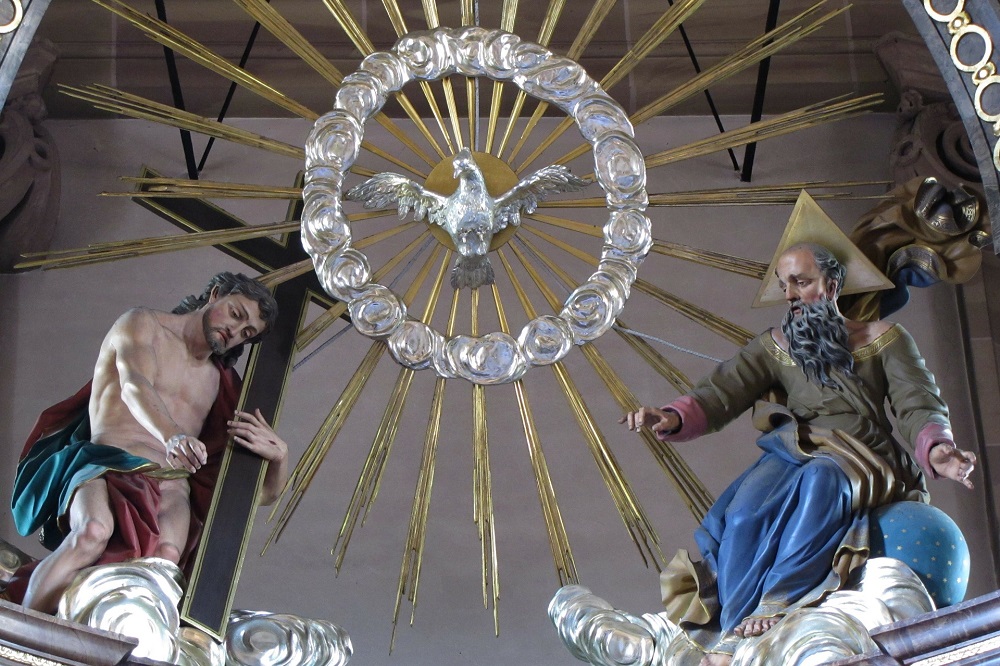
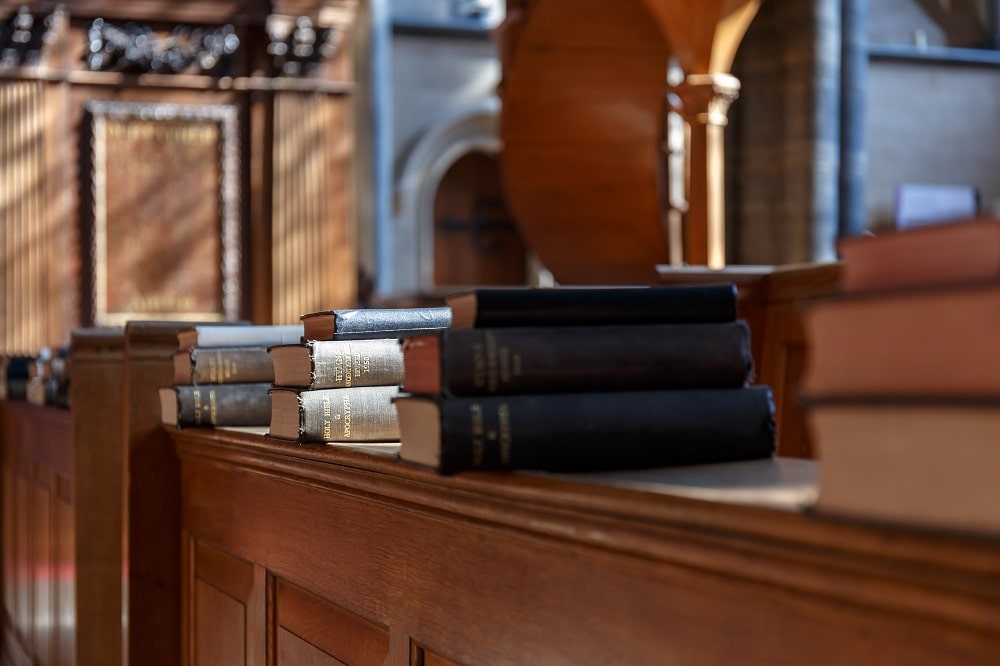


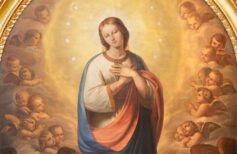
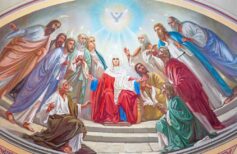
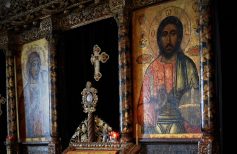

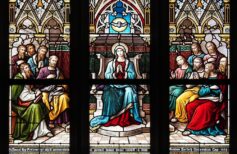
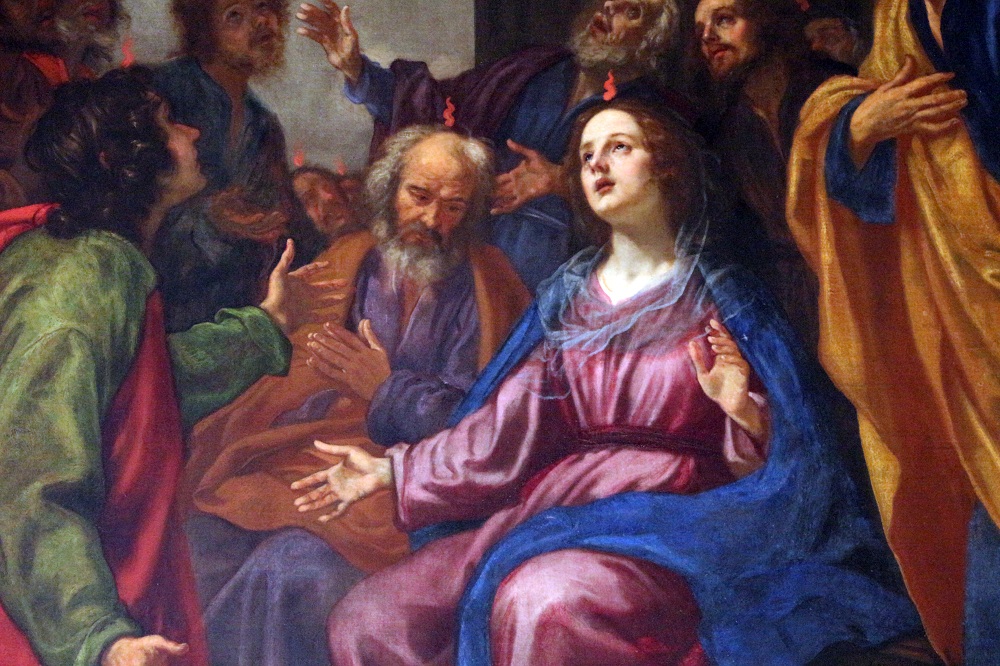








 25 August 2025
25 August 2025

